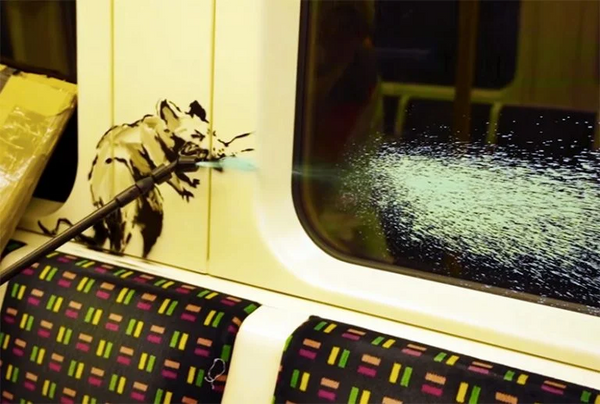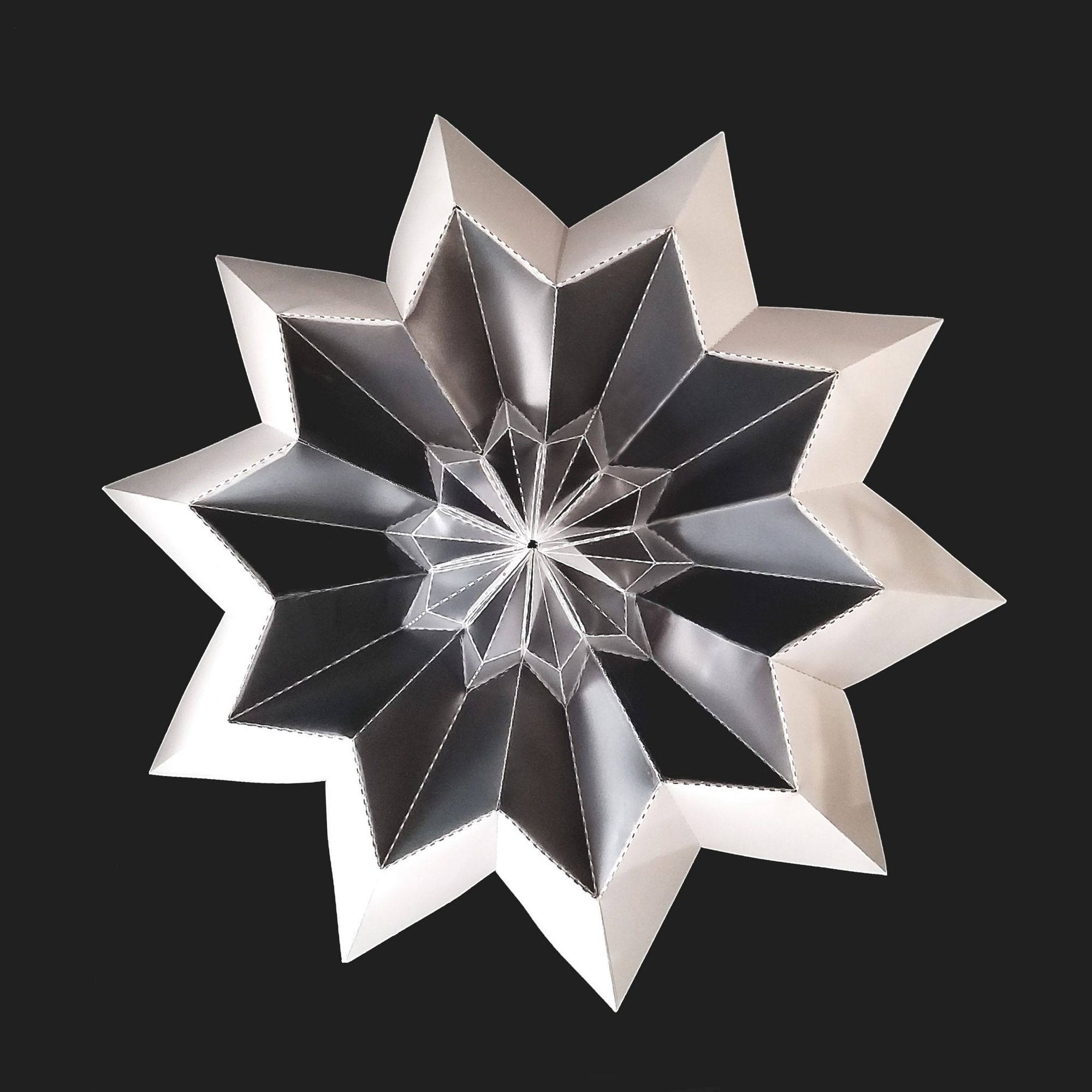In the first part of our Best of diploma 2020 series, design experiments are in the focus – we present projects that examine our everyday objects from a new angle; their spectacular designs entail innovative technological solutions, or pinpoint new ways of interpreting the given object.
Design is everywhere, may it be in a visual, physical, spatial, digital form or in the shape of an event. It is about our everyday objects, formal and technological experiments, about social responsibility, visual education, local values, modernity, processes triggering change and many other things that define our everydays, the image perceived of our environment and society at the same time. To showcase this, we hand-picked our favorites from the diploma projects of this year’s graduating designers of Hungarian art universities: Moholy-Nagy University of Art and Design, the Media and Design Department of Visual Arts Institute Eger, Budapest Metropolitan University and the Institute of Applied Arts of the University of Sopron. Our Best of diploma 2020 article series will thematically present a group of the most exciting works of Hungarian designers each week.
Ákos Szekeres –„Antibag”
(Moholy-Nagy University of Art and Design)
Ákos Szekeres was driven to create the accessory collection by the current state of the Hungarian leather industry and his interest in novel technologies suitable for mass production. He started designing with the practical attitude that is so characteristic of him, and then this approach shifted to experimenting – this is the imprint one can observe on the collection, in which he got from a “ready-to-wear” bag to an experimental creation almost engulfing its wearer. The look for a shape was accompanied by an exciting material experiment: he achieved the structured nature of the bags with a special, glued quilting technique. As the volume of filling increases, the bag loses its functionality and transforms into a conceptual piece.
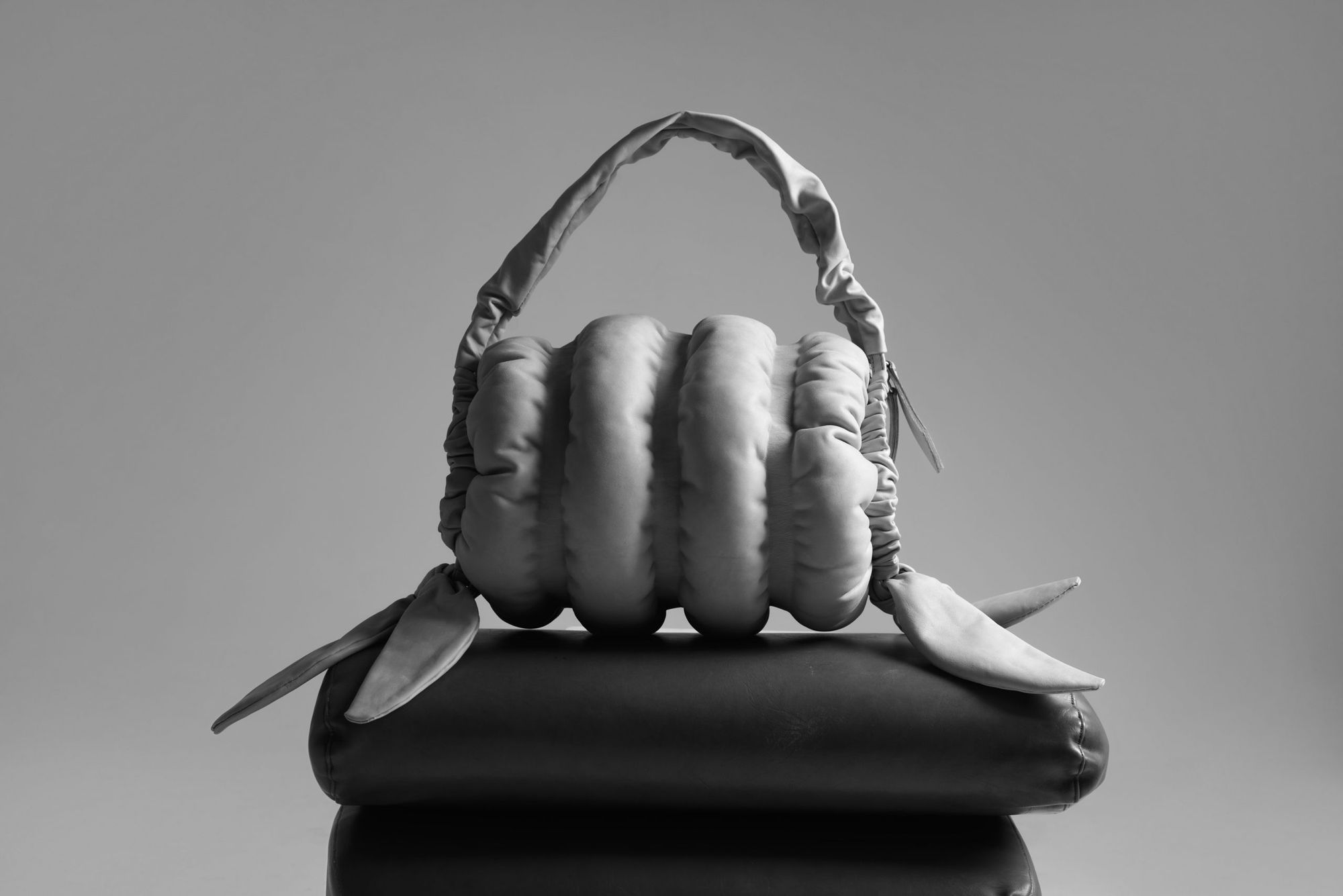


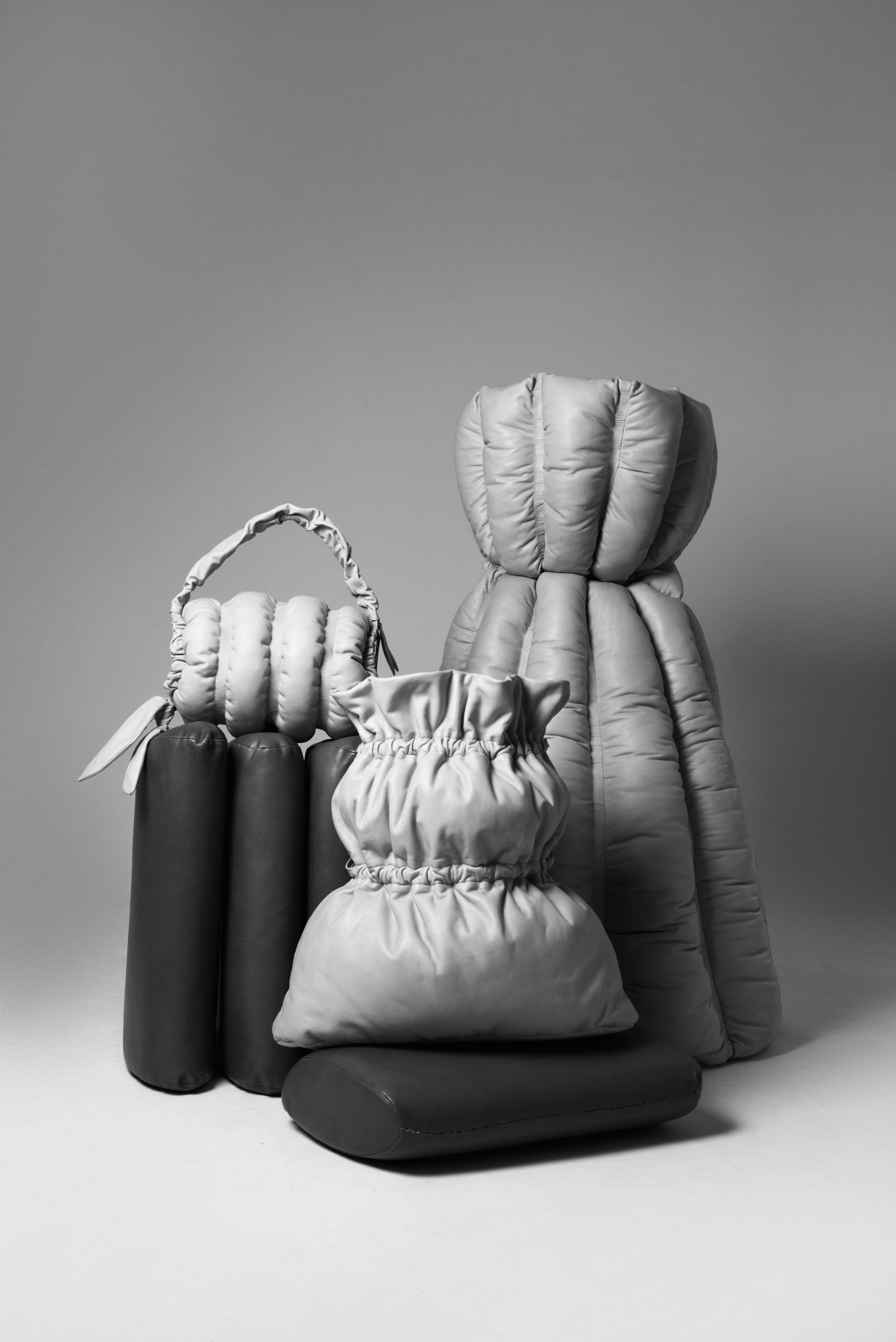
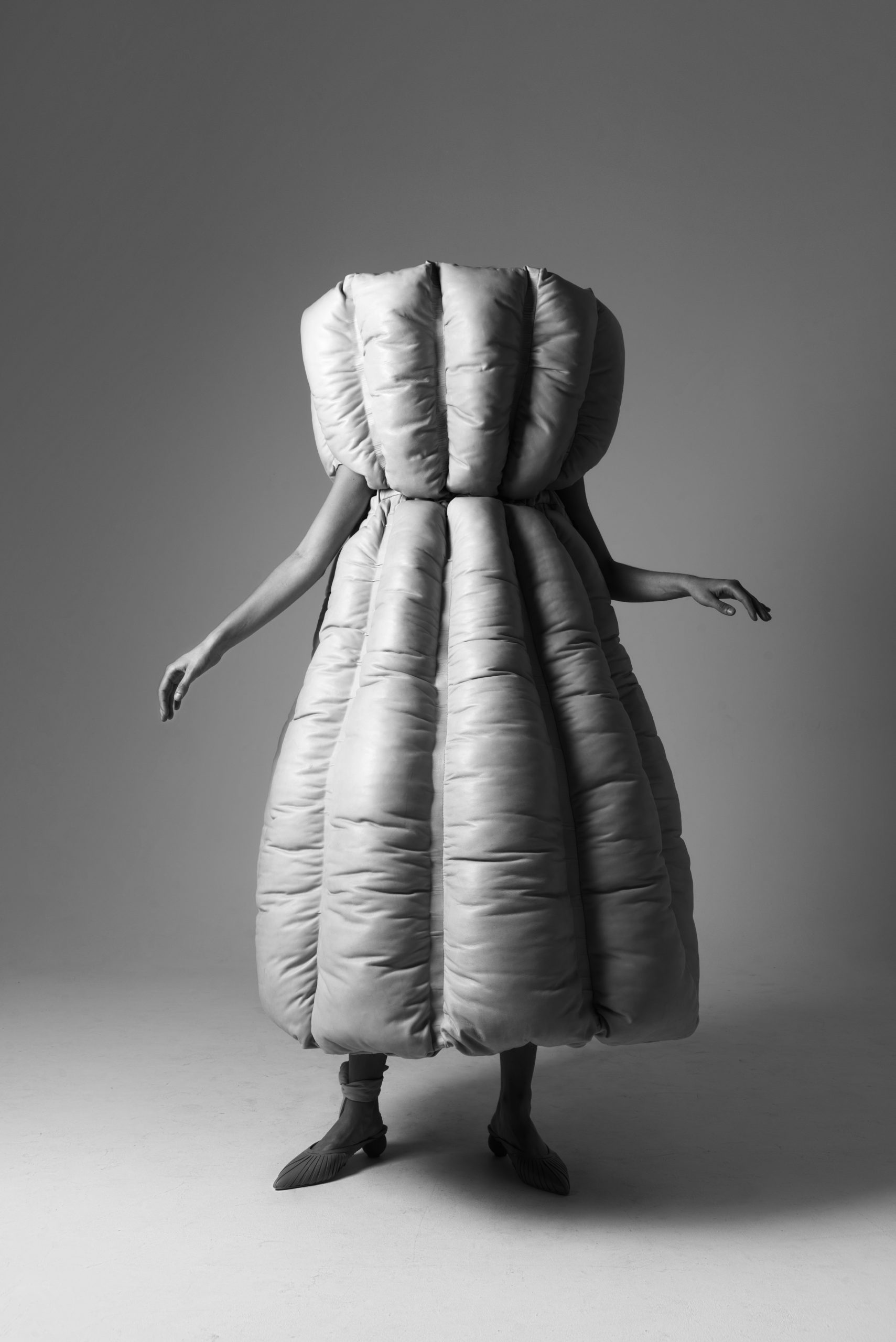
Ákos Szekeres – Mr.Carter&Co | Instagram | Facebook
Fülöp Bechtold – Cseppkávé
(University of Sopron)
Cseppkávé specializes on cold drip coffee: the essence of the “cold-drip” method is that the cold water drips through the ground coffee slowly, thus resulting in a softer and less bitter taste. As it happened with espresso machines back in the day, the device necessary for the method still looks for the perfect shape and mechanical solution. Fülöp Bechtold’s device proposes a new alternative to the problem. The designer was inspired by the shape of melting icicles, and thus opted for the cone shape, which is the most suitable for dripping through a single point. The ripples echoing on the glass surfaces soften the geometric shapes and recall the visual world of coffee culture.
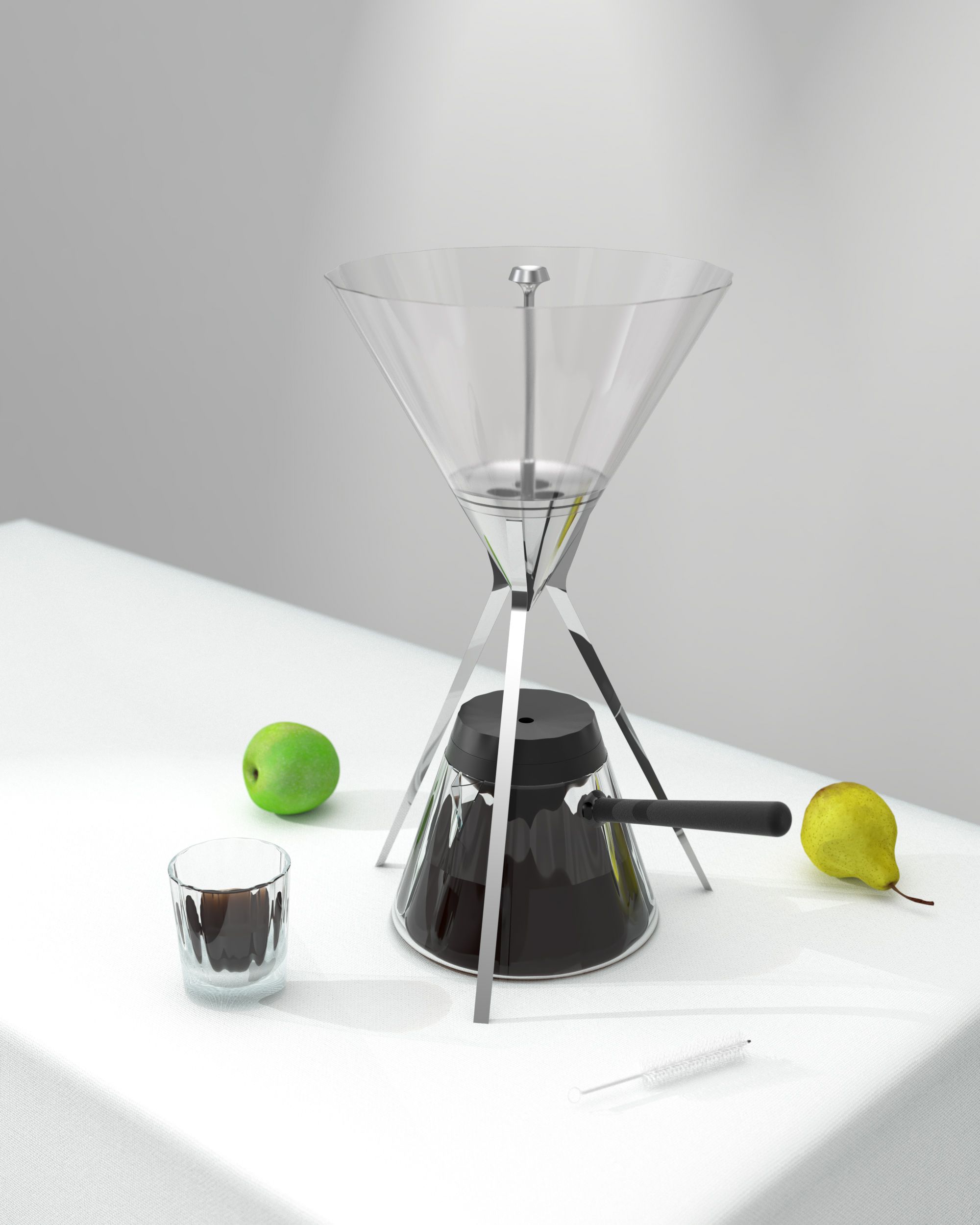
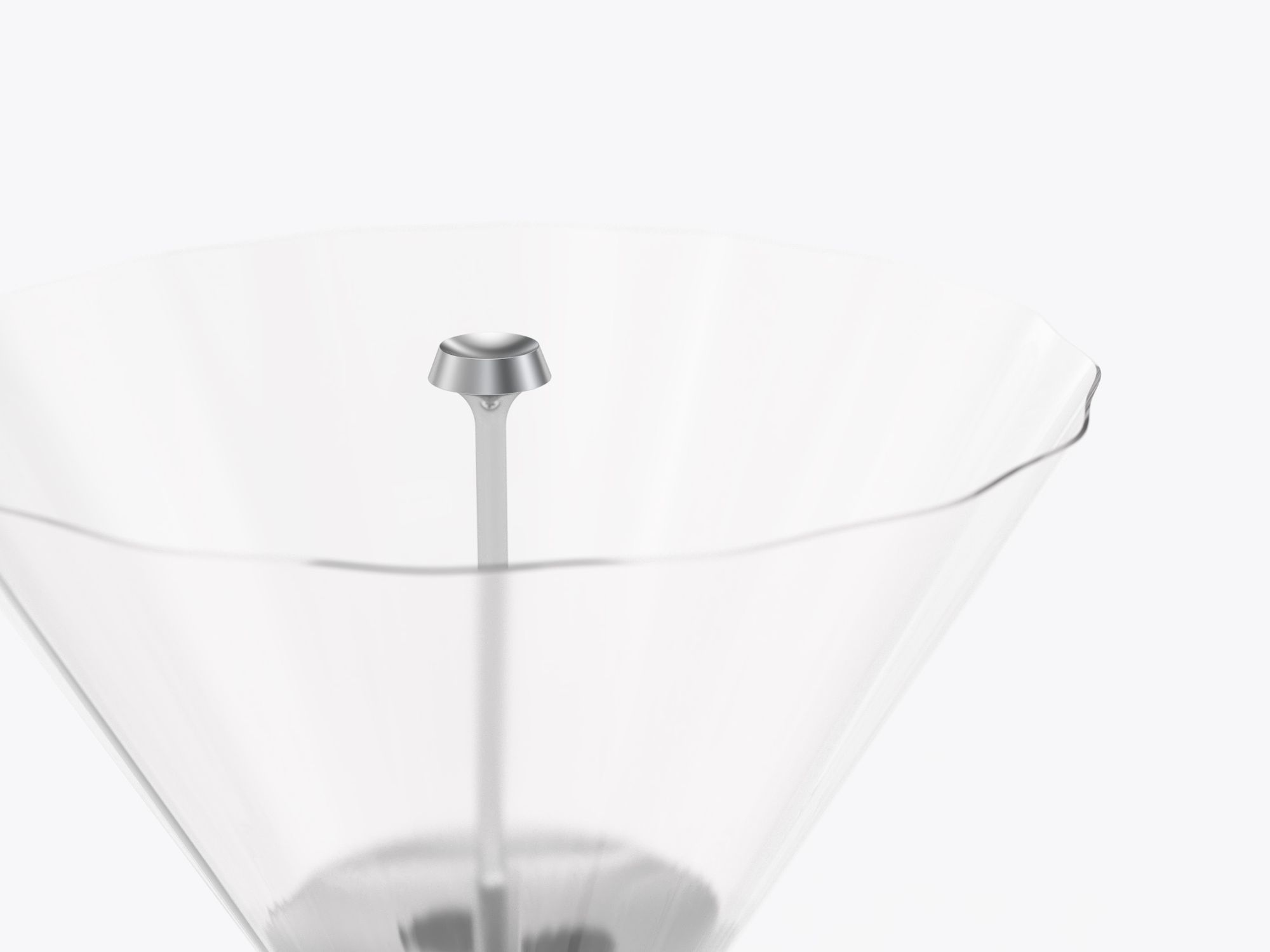
Fülöp Bechtold | tumblr
Diána Alchhabi – HALO
(Budapest Metropolitan University)
HALO is a multifunctional, kinetic ceiling lamp the structure and way of lighting of which transforms through movement. Its form draws on nature, but also builds on the relationship between geometry and sacredness. By transforming the structure of the lamp, the brightness of the same and the motifs of the shadow cast by the light also change, therefore its use gives rise to a continuously renewing spatial experience. The device is OLED powered, and the structure itself is based on the so-called Miura fold, first used by astrophysicist Koryo Miura in 1995 when designing the solar panel of a Japanese satellite to make the panel as easy to fold and then be transformed into a flat surface as possible.
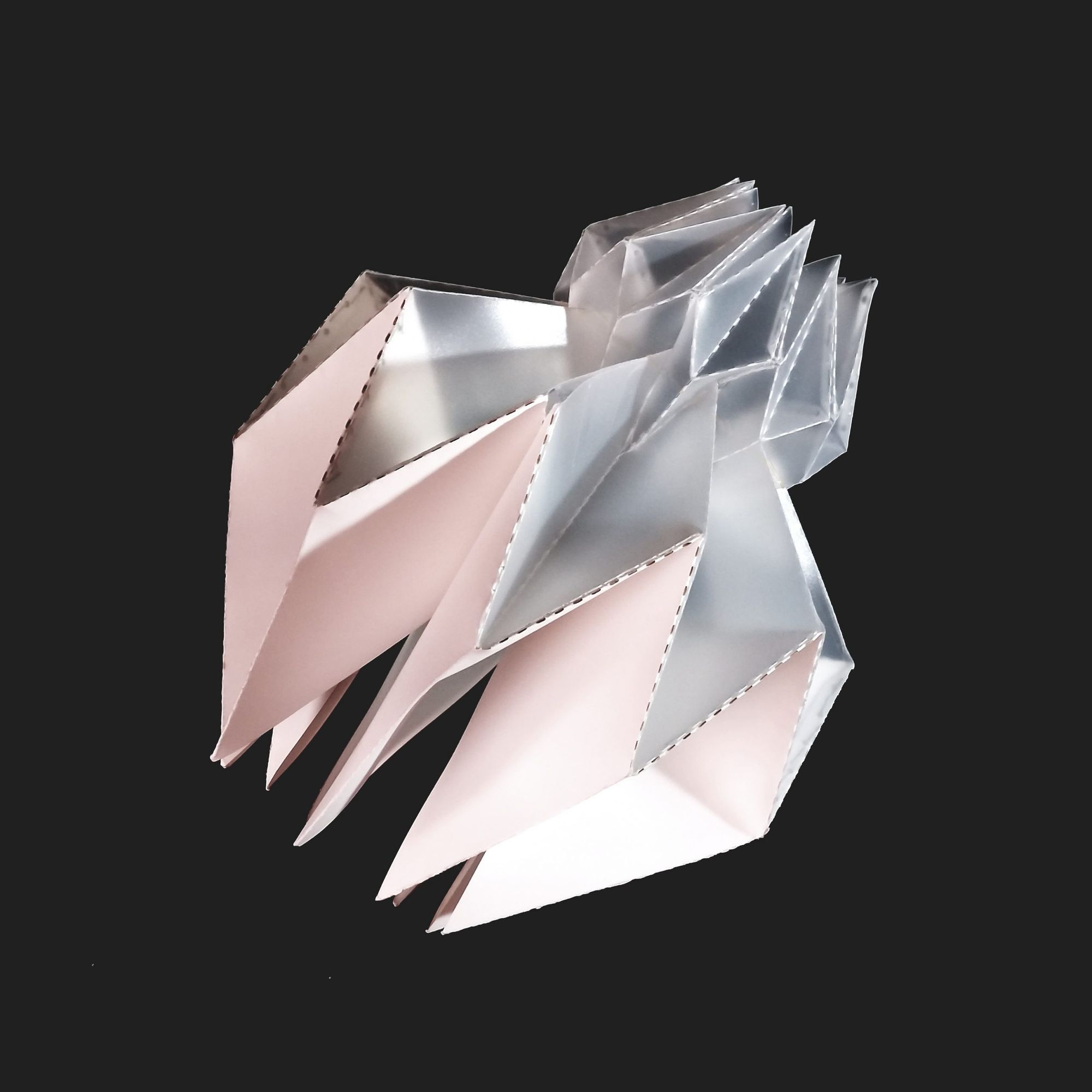



Diána Alchhabi | Instagram
Áron Bodnár – TYPEHYPE
(Visual Arts Institute Eger)
Inspired by online font purchasing, Áron Bodnár proposed the idea of a physical font shop in which we cannot only see the fonts through screens, but we can get in a tactile relationship with them, and we can interpret them in their materiality. Starting from this idea, the designer developed the TYPEHYPE exhibition concept, which could give an opportunity to Hungarian graphic designers to display their font designs in the physical space. His concept was implemented, and Áron showcased through the example of the four fonts designed by him (36 days of hype, Groovey, Chop blackletter and Phobos) how the formal attributes of fonts can be displayed with various materials, installation elements and in an interactive situation. Massive concrete blocks, the finest tracing papers, slabs of granite and reflecting prints highlight the formal characteristics of the fonts.
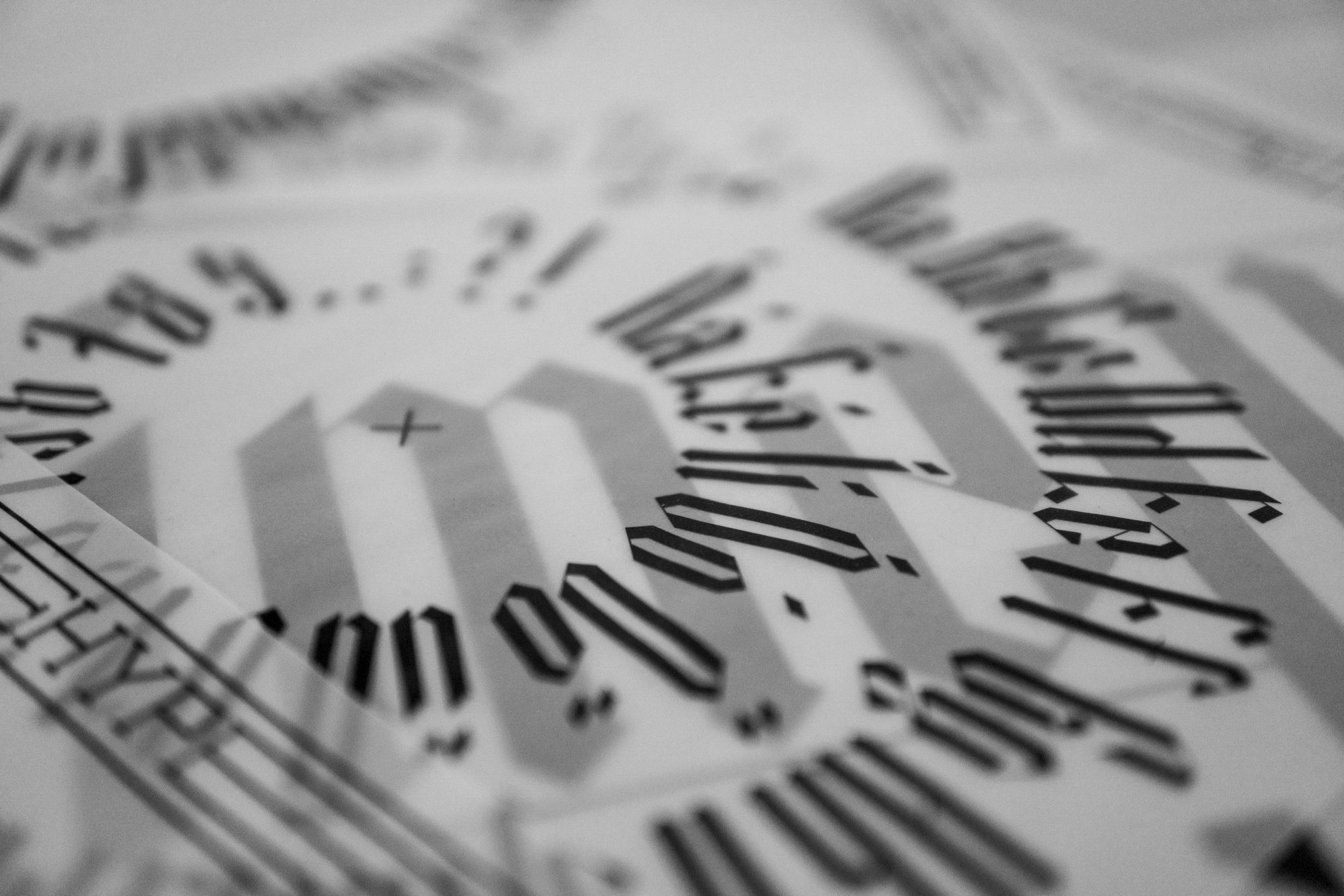

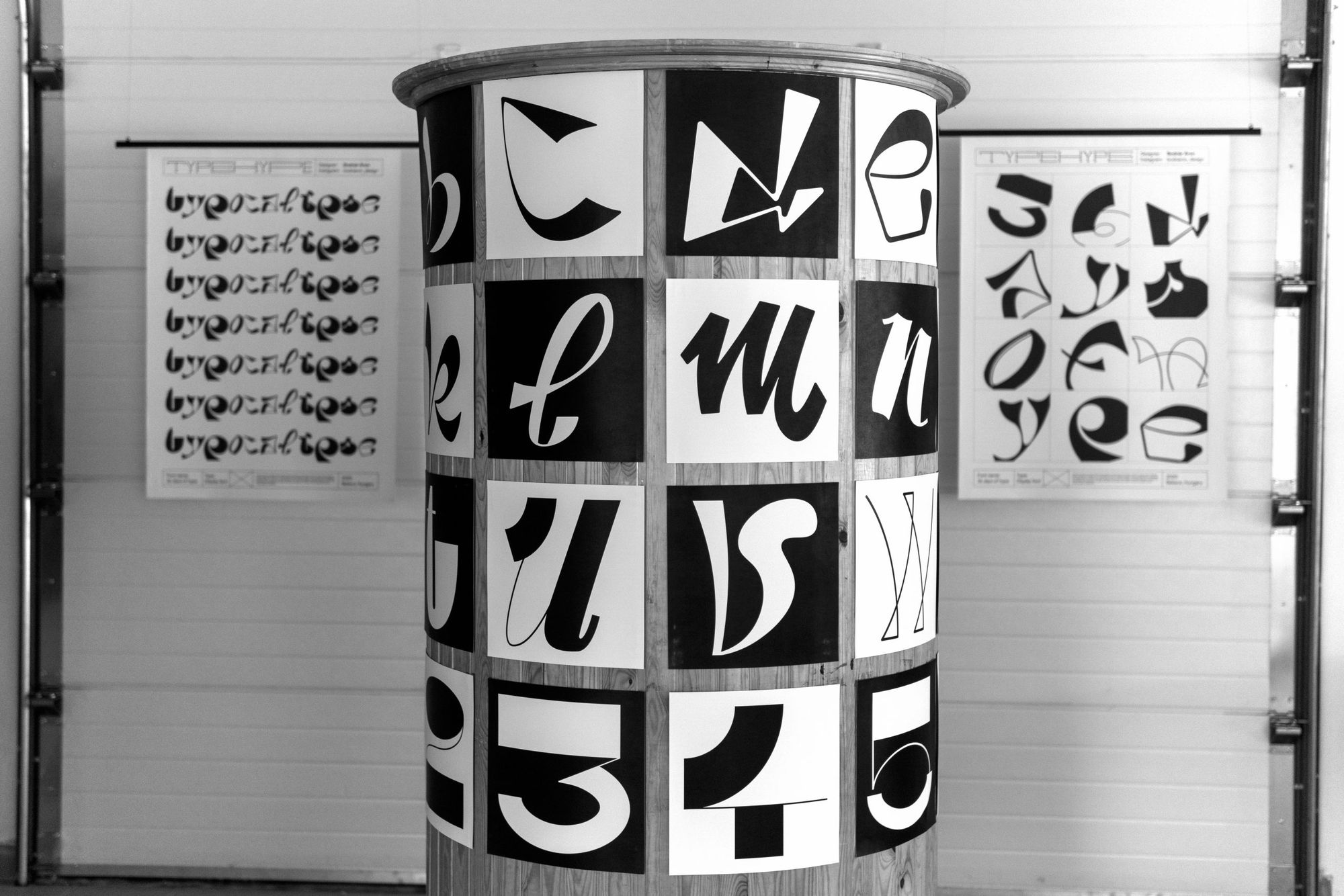
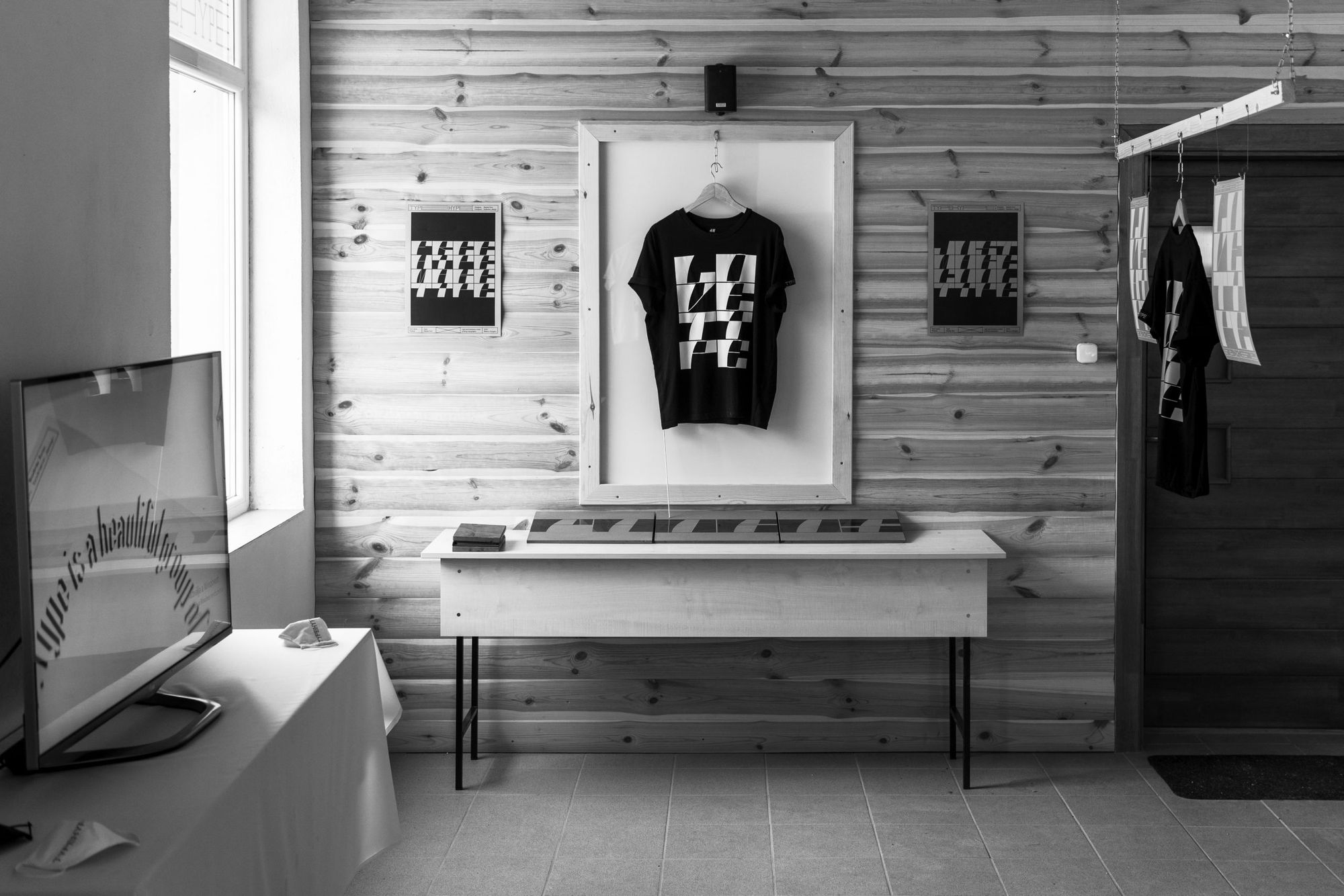

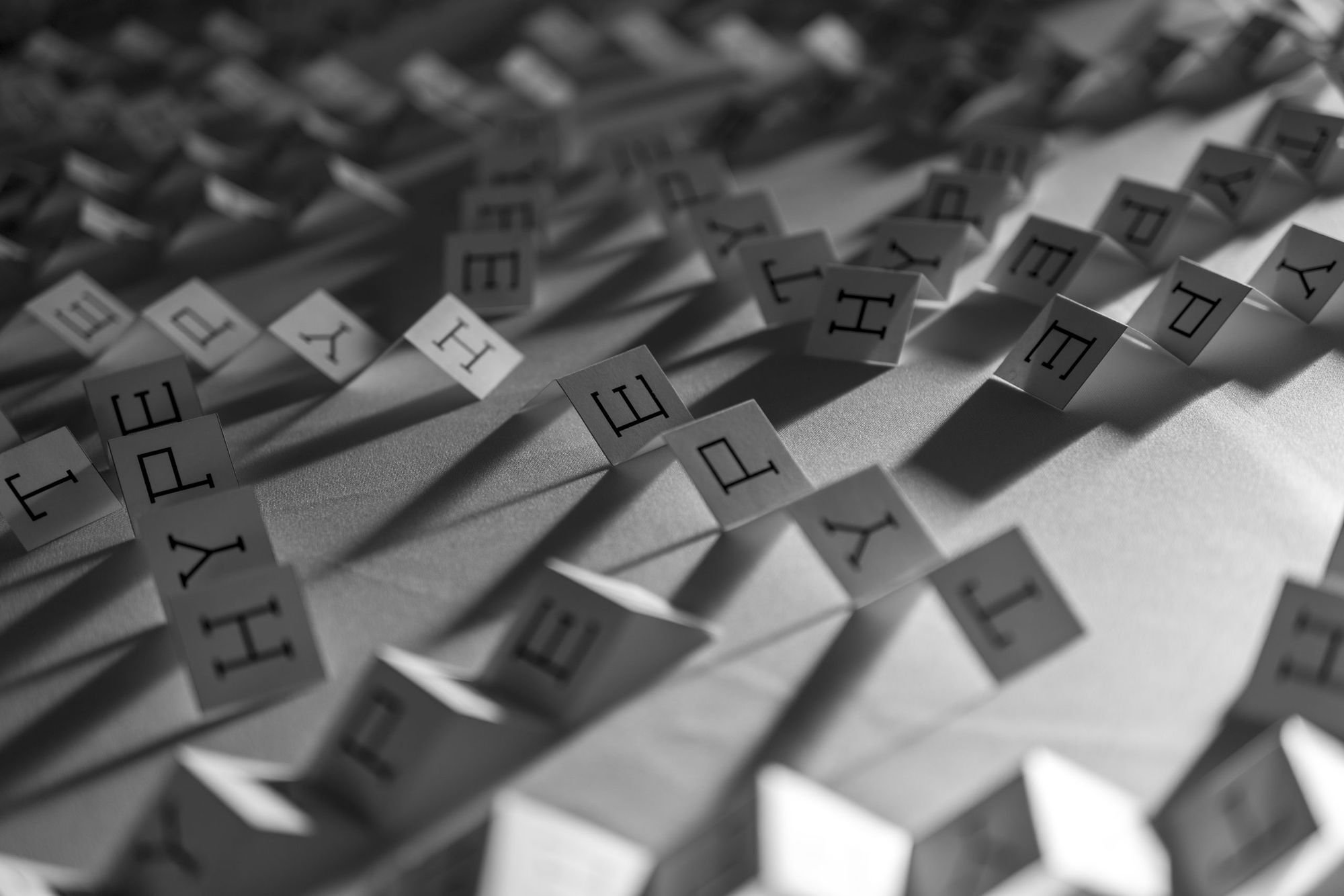

Luxury cabins in the treetops | TreeHouses
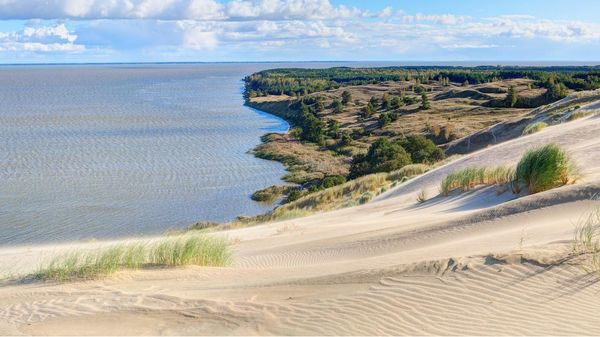
Dunes and pine trees on the Curonian Spit
